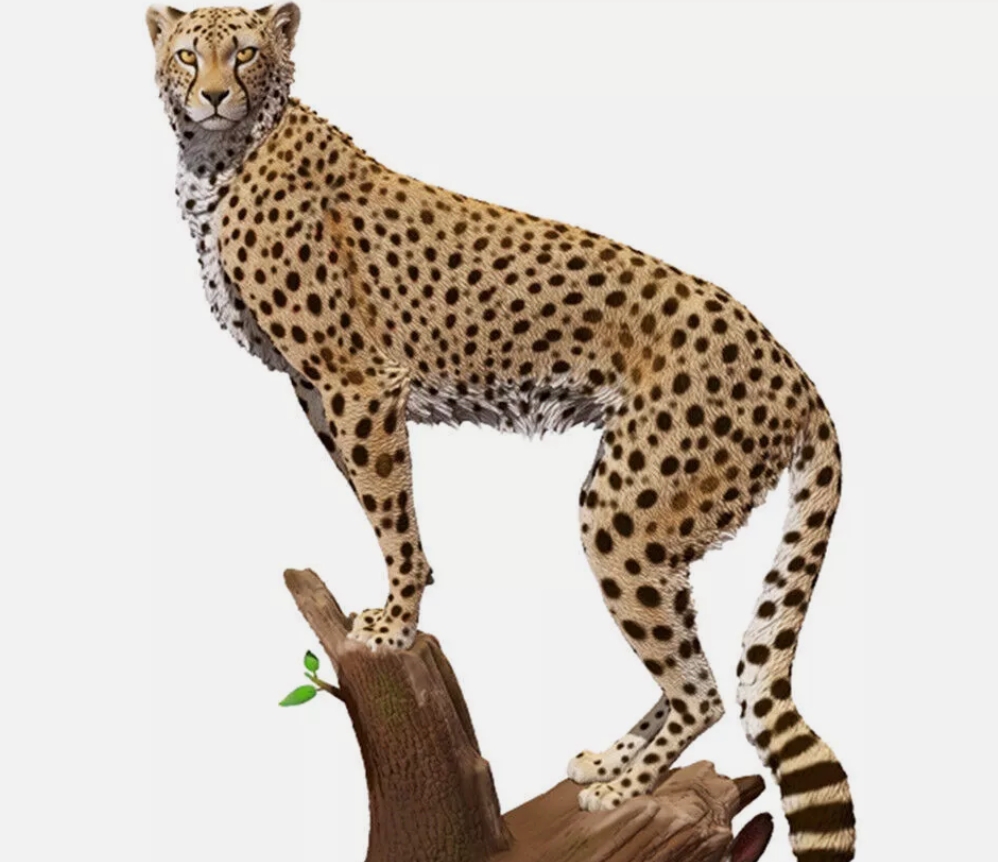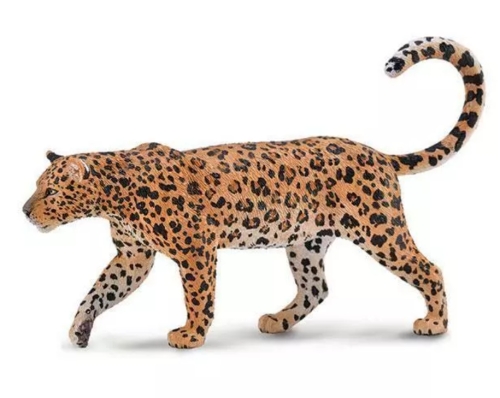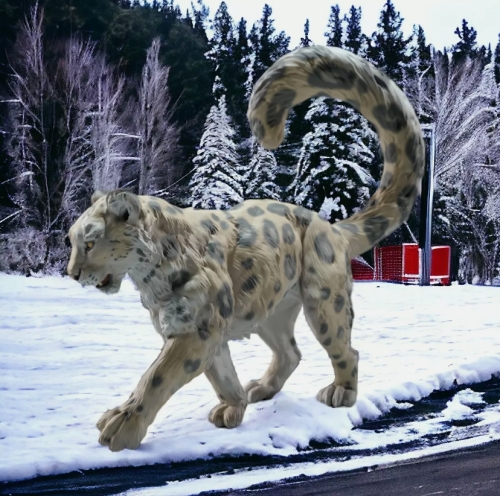The leopard model is a tool with wide application in the field of mechanism modeling and machine learning. Its design is inspired by the leopard's flexibility and agility, and aims to help solve complex problems through accurate pattern recognition and prediction. The ability of the model to handle not only structured data, but also unstructured data makes it excellent in multiple domains.
In their implementation, leopard models often combine deep learning and traditional statistical methods. By constructing multi-layer neural network, the model can automatically extract the features in the data, which makes the prediction with high accuracy and effectiveness. This self-learning ability enables leopard models to adapt to the ever-changing data environment and maintain good performance of the model.
In terms of application, the leopard model has been verified in many industries such as finance, medical treatment, and manufacturing. In finance, it can be used for credit scoring and risk assessment; In the medical aspect, it can assist the early diagnosis of diseases and improve the treatment effect; In the manufacturing industry, models help optimize production processes, reduce costs, and increase efficiency.
In addition, the leopard model also shows good interpretability. While deep learning models are generally considered "black boxes," through visualization techniques and feature importance analysis, Leopard models can reveal the logic behind decisions, help users understand how the model works, and enhance trust in the model's output.
Although the leopard model has many advantages, it still faces challenges in practical applications. For example, insufficient data quality and quantity may result in degraded model performance; In some cases, high dimensional data will cause dimensional curse, affecting the prediction effect.
















